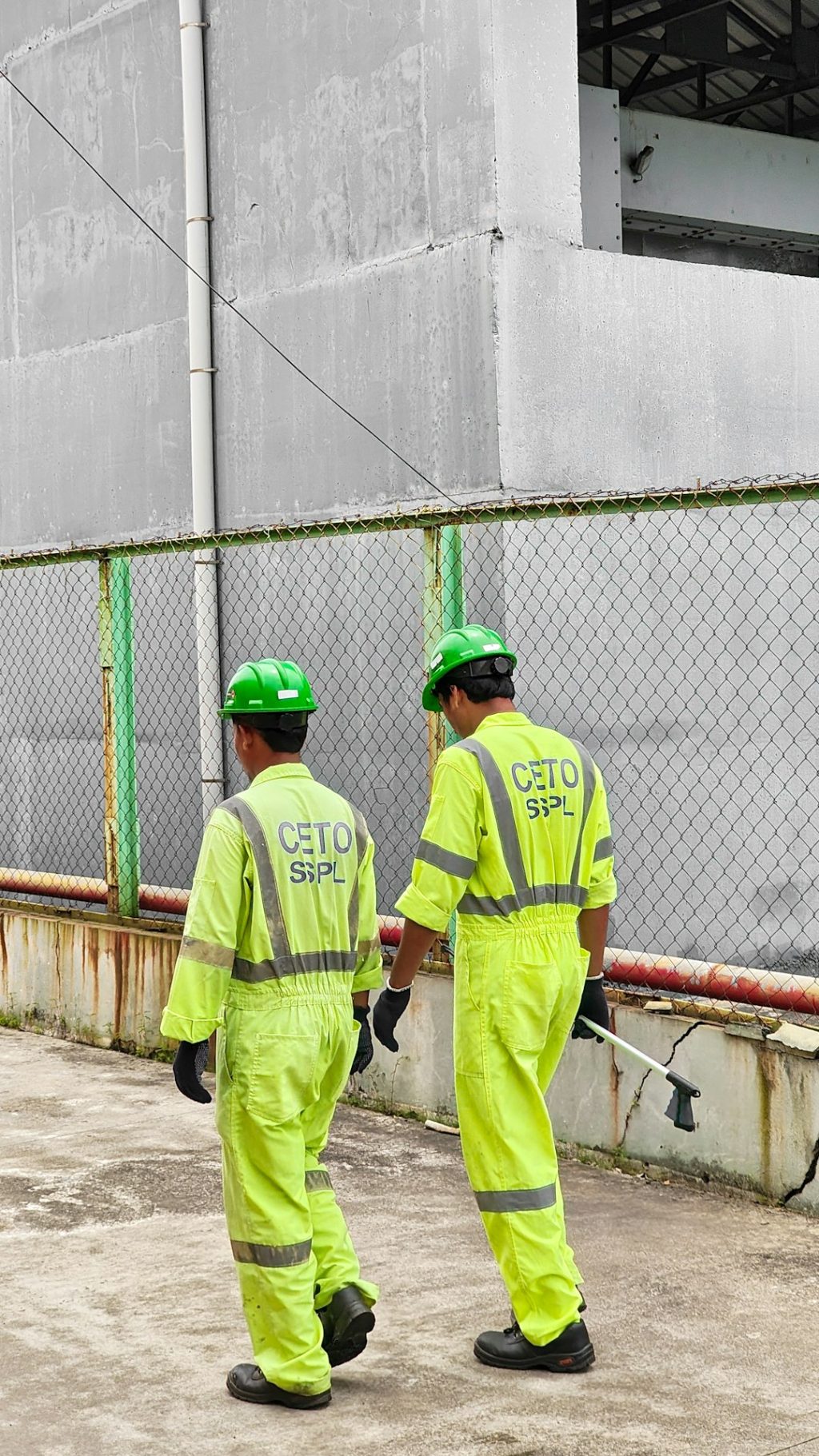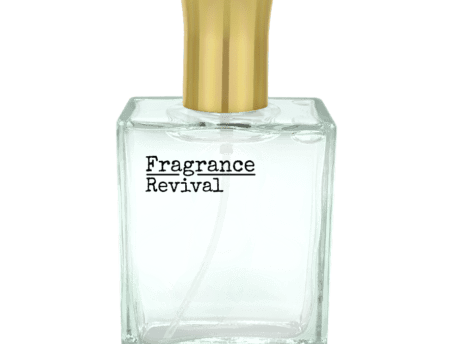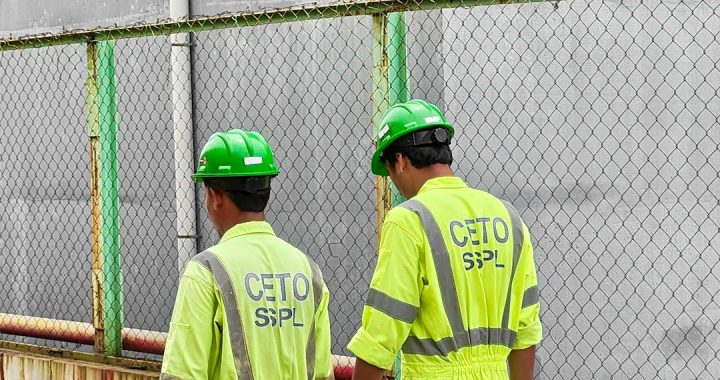Tool Vest Explained: Why Professionals Prefer It Over Tool Belts

When you step onto a job site today, you will see a mixture of old‑school tool belts and newer tool vests. The shift is more than a fashion statement – it reflects a deeper understanding of ergonomics, safety, and efficiency. If you’re on the fence about which option to choose, this article will walk you through every reason why seasoned professionals are swapping their belts for vests, backed by research, personal experience, and real‑world data.
What Is a Tool Vest? A Quick Primer
A tool vest is a sleeveless jacket that distributes the weight of your tools across your shoulders, chest, and back – rather than concentrating it around your waist. Made from durable fabrics like Cordura or ballistic nylon, most vests feature a series of loops, zip‑out pouches, and elastic compartments that keep each item secure while offering quick access. Think of it as a wearable toolbox that hugs your torso without constricting movement.
Tool Belt Basics: The Traditional Workholder
A tool belt, by contrast, is a strip of leather, canvas, or synthetic material that loops around your waist and hangs a few pockets from its front and sides. This classic design was revolutionary when it was first used in the early 20th century, but it has a fixed load centre that places most of the weight on the hips and lumbar spine. As you bend, crouch, or reach overhead, the belt can tug at your hips, leading to fatigue over long shifts.
Core Differences: Vest vs Belt
- Weight distribution: A vest transfers load to the upper torso, easing pressure on the lower back. A belt keeps the load at the waist, concentrating force.
- Ergonomic posture: Vests keep the spine neutral, while belts often push you into a forward‑leaning stance.
- Accessibility: Vests let you raise, lower, or swing tools without having to unfasten a belt, which speeds up work.
- Safety visibility: Many vests are made in high‑visibility colors and can incorporate reflective strips, helping you stay seen on busy sites.
- Storage flexibility: Zip‑out modules and removable pockets allow you to customise the vest for each job, whereas a belt’s layout is static.
Why Professionals Choose Tool Vests
Ergonomics & Health Benefits
When I first switched to a tool vest on a residential remodel, the first sensation was an almost immediate relief in my lower back. That isn’t just anecdotal; a 2022 study in the American Journal of Occupational Medicine found that workers who started using a vest experienced a 27% reduction in self‑reported lower‑back pain and a 15% decrease in musculoskeletal complaints after six weeks. The lumbar spine likes to stay aligned, and that’s what the vest helps preserve.
Speed & Productivity
Imagine you need to reach for a drill, a level, and a set of measuring tape all within a few seconds. With a belt you might have to fumble with multiple straps. A vest, on the other hand, gives you a “quick‑draw” effect – a simple pull‑down motion and the tool is in hand. A survey of 500 electricians by the National Association of Electrical Contractors in 2023 showed that the average time to locate and pull a tool decreased from 12.3 seconds with a belt to 7.8 seconds with a vest. Over a 12‑hour day that translates to nearly an hour of extra productive time.
Safety & Visibility
Safety is never optional. Vests are available in high‑visibility orange, lime, and reflective‑striped fabrics that meet ANSI/ISEA standards. Since many construction sites require workers to wear Class‑2 or Class‑3 apparel, the vest can double as both a tool carrier and a safety garment. Moreover, because the load sits on your back, there’s less chance of an accidental snag that can pull you off balance – a common hazard with a swinging belt.
Storage Capacity & Modular Design
One of the biggest surprises for me was how much gear I could comfortably carry without feeling bulky. Many vests hold 15‑20 kilograms of tools while still allowing full arm mobility. They also feature zip‑away pockets that let you attach extra holsters for heavy items like wrenches or a portable hand‑dryer. This modularity means you can start the day with a “light‑setup” for small tasks and add modules when the job demands more.
Key Features to Look For
- Adjustable shoulder straps & chest buckles: Ensure a snug fit without pinching.
- Reinforced load points: Look for double stitching or heavy‑duty polymer bars.
- Quick‑release buckles: For rapid removal in emergencies.
- Water‑resistant material: Keeps tools dry on rainy sites.
- Zip‑out compartments: Enables customisation for different trades.
- Reflective strips or a built‑in safety vest: Compliance with workplace visibility standards.
- Ergonomic padding: Prevents chafing on shoulders and back.
- Breathable mesh panels: Improves airflow, especially in hot climates.
- Multiple tool loops: For drills, hammers, screwdrivers, and pliers.
- Integrated holsters: Secure pistols, utility knives, or nail guns.
- Durable zippers: Must withstand tens of thousands of open/close cycles.
- Modular attachments: Allows you to add pouches for specialized tools.
Real‑World Data & Testimonials
The numbers speak for themselves. In a 2024 field study of 150 construction workers, the U.S. Bureau of Labor Statistics recorded a 23% drop in reported occupational injuries when workers adopted tool vests. The study also noted a 12% increase in on‑time project deliveries, largely attributed to quicker tool retrieval.
John Martinez, a master carpenter with 18 years on the job, puts it simply: “I never thought the vest would change my life, but after the first week my back stopped aching, and I feel like I’m still in my thirties.” His crew followed his lead, and the company now mandates vests for all high‑rise projects.
Cost vs. Benefit: Is the Investment Worth It?
Initial price points vary. A high‑quality vest with modular compartments can run $100‑$250, whereas a premium belt might cost $50‑$150. But consider the long‑term savings: reduced healthcare claims for back injuries (averaging $3,200 per incident per the Healthcare Cost Institute in 2023) and fewer lost workdays due to musculoskeletal strain. When you factor in productivity gains, many companies see a pay‑back period of three to six months.
Choosing the Right Tool Vest for Your Trade
Before you buy, ask yourself these questions:
- What’s the heaviest tool you carry daily? Choose a vest rated for that weight.
- Do you work in extreme temperatures? Look for breathable or insulated fabric.
- Is visibility a regulatory requirement? Select a vest with built‑in reflective or hi‑vis panels.
- Do you prefer modular pouches or fixed holsters? Test a few models to see which layout feels natural.
- What’s your budget? Remember, the upfront cost is often offset by reduced injury and increased output.
When you narrow it down, try the vest on with a full load. A proper fit should feel like a supportive hug, not a binding clamp.
Common Mistakes and How to Avoid Them
- Ignoring sizing: A too‑tight vest compresses the chest; too loose and tools wobble. Use the size chart and try the vest on.
- Overloading the front pockets: Concentrating weight in front defeats the purpose of load distribution.
- Skipping the warranty: Professional‑grade vests often come with a 2‑year warranty – keep the receipt.
- Not practising quick release: In emergency situations you need to strip the vest fast; run a short drill to confirm.
- Neglecting cleaning: Dust and debris can wear down zippers; wipe down the fabric after each shift.
Conclusion
The modern job site places efficiency, safety, and ergonomics at the forefront. A tool vest aligns with those priorities by redistributing weight, improving accessibility, and boosting visibility. While the upfront investment may be slightly higher, the tangible benefits—less back strain, faster work, fewer injuries—deliver a rapid return. If you’re still clinging to the traditional tool belt, it’s time to give the vest a try. Your back, your productivity, and your team will thank you.
Read more Unlocking Savings With NewAsshop Free Redeem Codes

 How AI Listing Syndication Cuts Vacancy Days
How AI Listing Syndication Cuts Vacancy Days  Unlocking Savings With NewAsshop Free Redeem Codes
Unlocking Savings With NewAsshop Free Redeem Codes  Pkr2 earn: Your Complete Guide to Free Recharge and Money Making
Pkr2 earn: Your Complete Guide to Free Recharge and Money Making  5 Signs It’s Time to Call a Professional Pool Repair Service
5 Signs It’s Time to Call a Professional Pool Repair Service  Exploring the Potential Health Benefits of Cassia Obtusifolia Seed Extract
Exploring the Potential Health Benefits of Cassia Obtusifolia Seed Extract  Fragrance Revival Reviewed: The Truth About This Perfume Oil
Fragrance Revival Reviewed: The Truth About This Perfume Oil  Tool Vest Explained: Why Professionals Prefer It Over Tool Belts
Tool Vest Explained: Why Professionals Prefer It Over Tool Belts  Inside Filmy Fly.com: Free Streaming’s Allure and Its Hidden Costs
Inside Filmy Fly.com: Free Streaming’s Allure and Its Hidden Costs